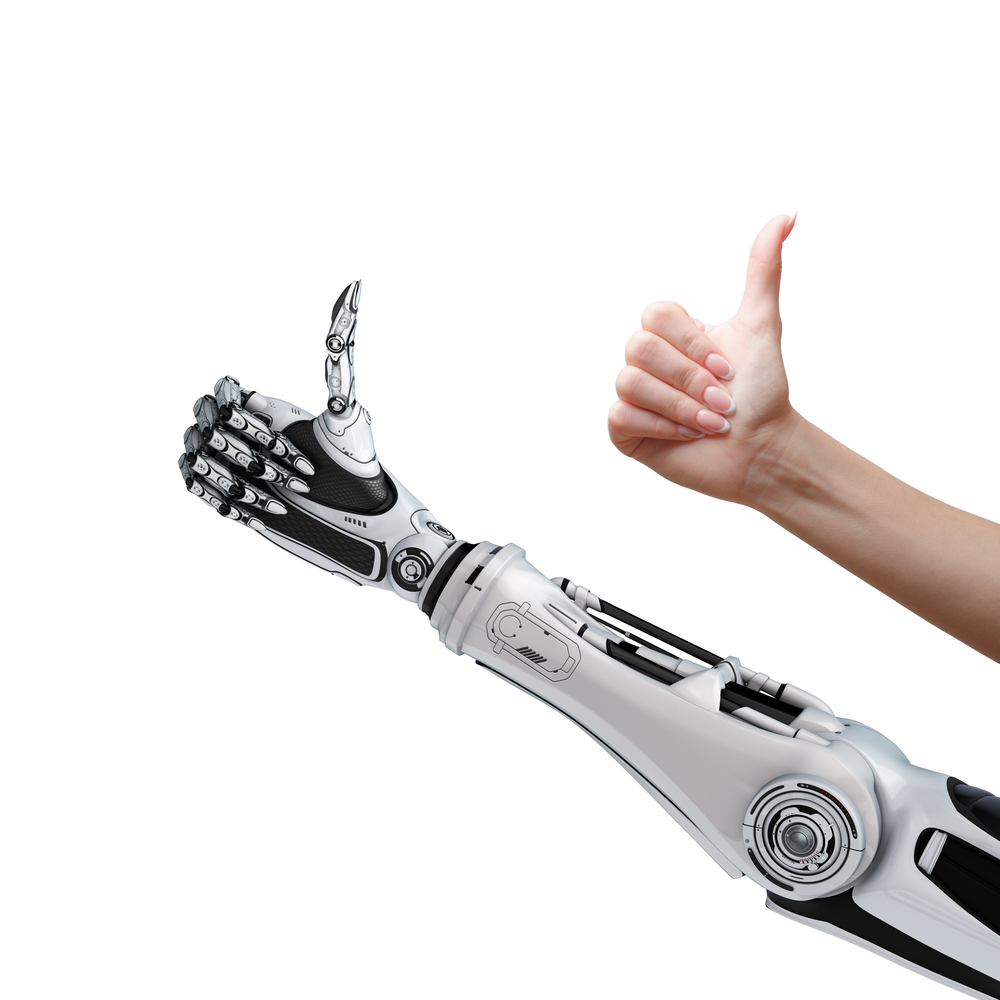Robot-assisted Gait Training Benefits Children with Motor Impairments, Study Shows

Children with impaired motor abilities — including those with cerebral palsy and with brain injuries — may benefit from robot-assisted gait training, a new study suggests.
The study, “Effect of robotic-assisted gait training in a large population of children with motor impairment due to cerebral palsy or acquired brain injury,” was published recently in the Archives of Physical Medicine and Rehabilitation.
Being able to walk is a common goal of physical therapy for children with motor impairments.
Robot-assisted gait training is a therapeutic strategy intended to improve walking ability. As its name suggests, the technique involves using a robot to assist a person as they walk. This strategy has shown promising results in some studies in adult populations, but there isn’t much published data about its benefit for children.
In the new study researchers designed a clinical trial (NCT03828110) to investigate the clinical effectiveness of rehabilitation treatments in children who received robot-assisted gait training, in addition to standard care physical therapy, at one of two Italian care centers.
The team retrospectively analyzed the medical records of 182 children (ages 4 to 18). Of these, 72 had motor impairment due to cerebral palsy (CP), and the remaining 110 had impairment caused by an acute brain injury (ABI). The children studied had a range of motor function abilities.
The rehabilitation protocol consisted of 20 sessions of robot-assisted gait training and 20 sessions of physical therapy during a total of four weeks. Both robot-assisted gait and physical therapy were delivered by trained physiotherapists, specialized in the management of pediatric patients.
Physical therapy consisted of exercises designed to strengthen different muscles, increasing balance, functional abilities and improving overground gait and stair climbing.
For the robot-assisted gait sessions researchers used the Lokomata, an active lower limb exoskeleton with powered hip and knee joints.
Before and after undergoing therapy (including robot-assisted training), the participants’ motor skills and walking ability were measured using the 6 minute walk test (6MWT) and the Gross Motor Function Measure (GMFM).
Taking the group as a whole, there were significant improvements in both average 6MWT (228 to 277 meters, or 249 to 302 yards, a 19% increase) and GMFM scores (162 to 174, a 5.3% increase).
Looking only at those children with ABI, both these measurements showed significant improvement as well: from an average of 233 to 304 meters (254 to 332 yards, a 25% increase) for 6MWT, and from 168 to 187 (6.8% increase) for GMFM.
For the children with CP, average 6MWT scores improved significantly following treatment, increasing from 222 to 248 meters (242 to 271 yards, a 12% increase). However, the change in GMFM score (151 to 155) was not statistically significant.
Moreover, children affected by ABI had significant improvements in all GMFCS levels, whereas in children with CP only GMFCS level III patients (moderate to severe motor disability) seemed to benefit from robotic rehabilitation.
“This evidence suggests that in patients with CP the best results are obtained in patients who walk using a hand-held mobility devices or may climb stairs holding onto a railing with supervision or assistance,” the researchers wrote.
Statistical analysis of the data revealed that a shorter time between the injury and the start of therapy was significantly associated with a better response to treatment in both ABI and CP groups. The researchers speculated this also may be why children with ABI seemed to respond better; they were more likely to begin therapy within a shorter time from when the brain injury occurred.
“Our study has interesting clinical implications,” the researchers wrote. “[I]t highlights differences in treatment response between children with different etiologies and functionalities, suggesting the need to adapt the goal of the rehabilitation according to these features. Furthermore, the study highlights the importance of proposing robot-assisted treatment as early as possible during the developmental age, when the gait pattern and the evolution of the motor abilities are still modifiable,” they concluded.


